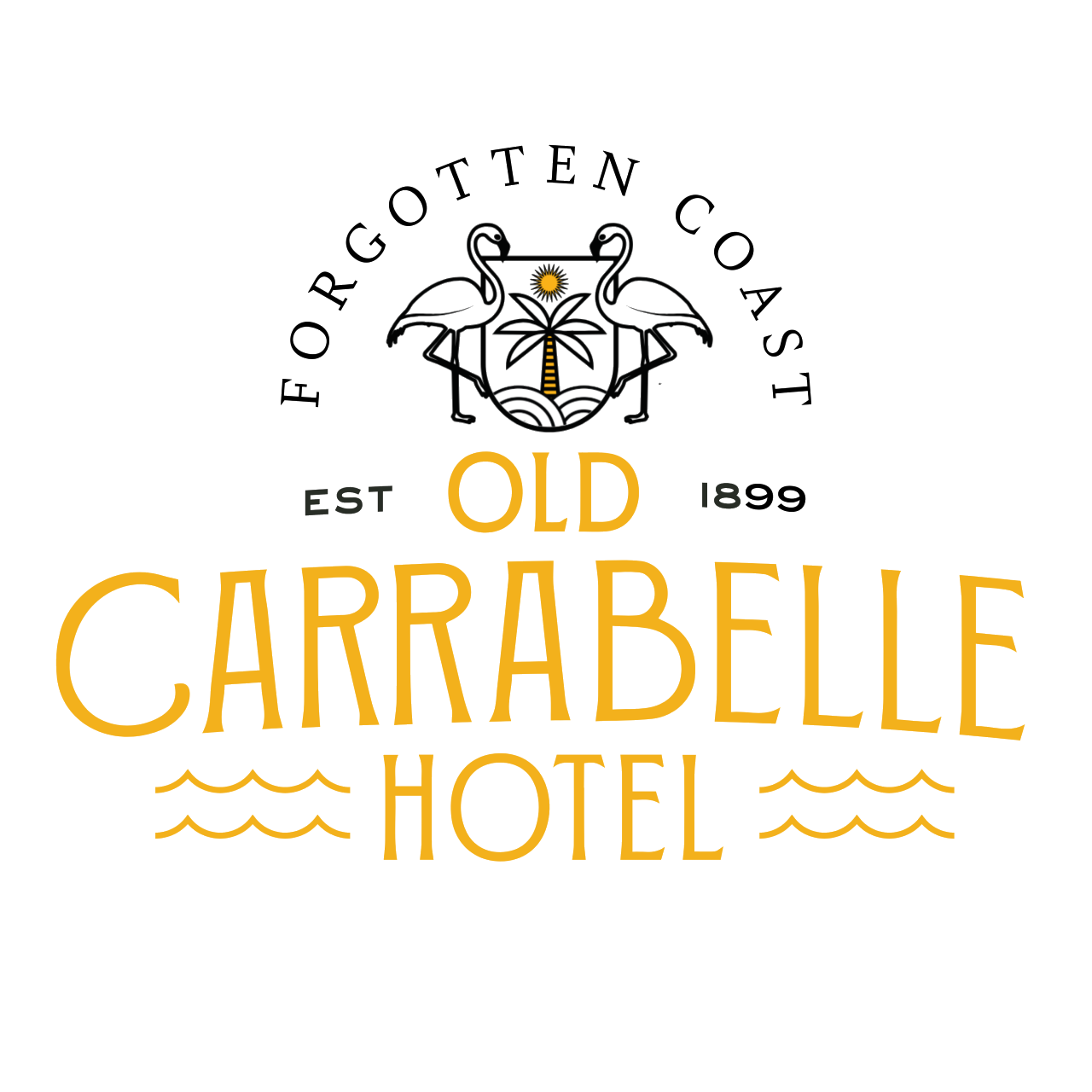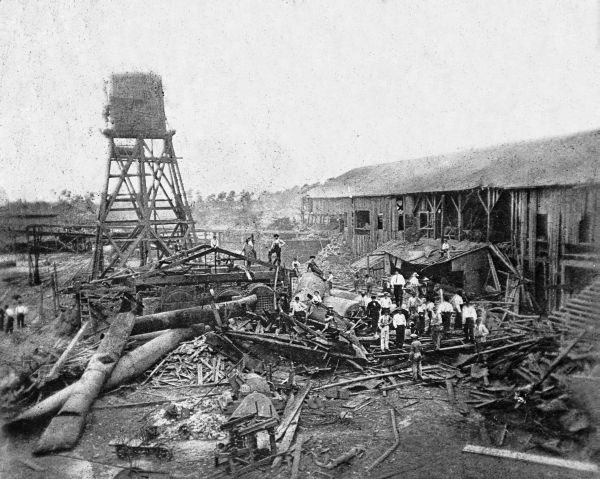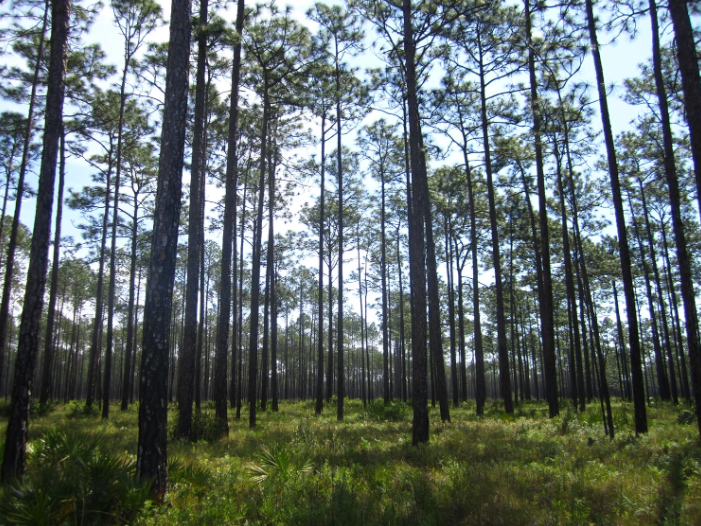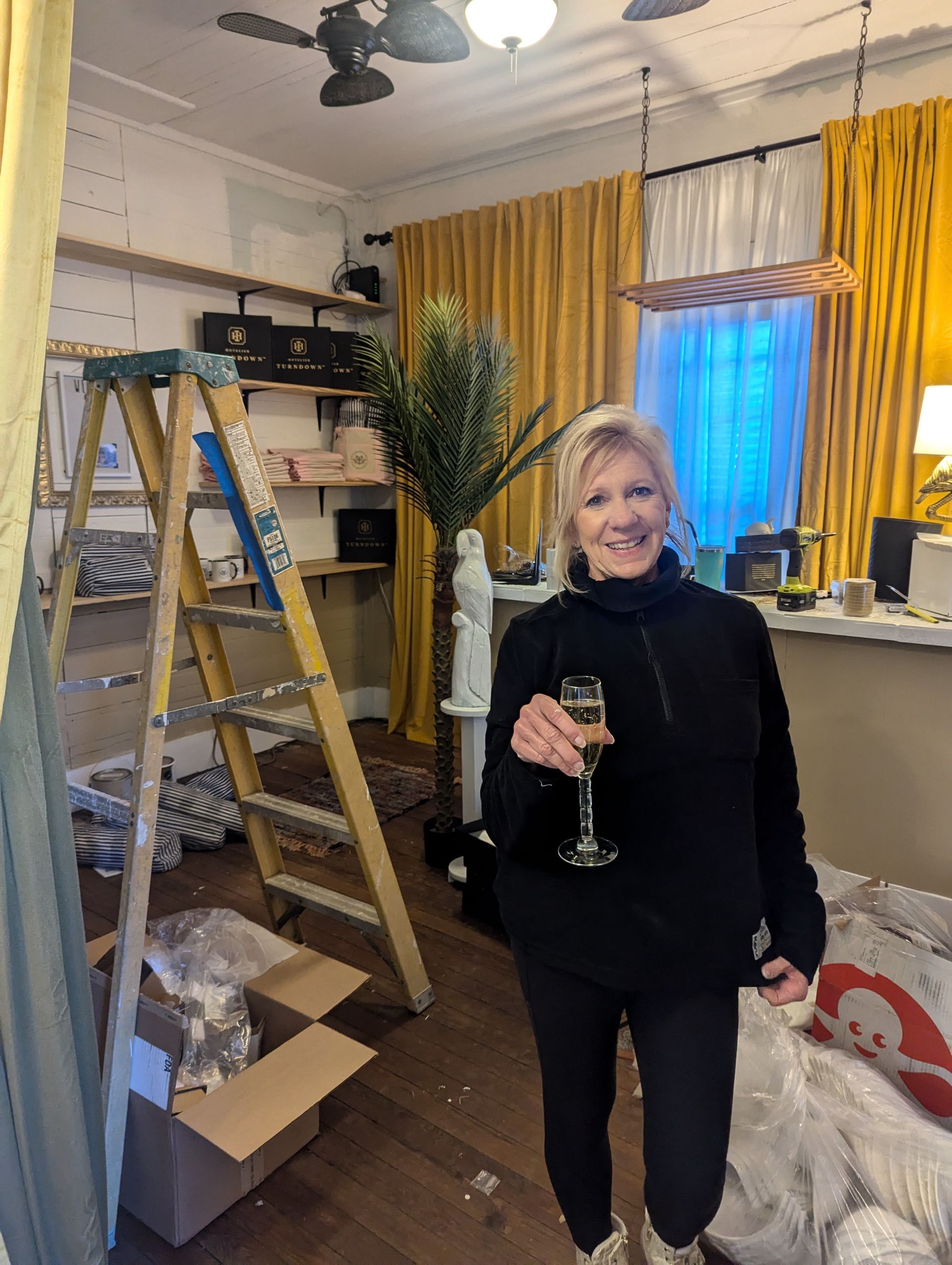Saltwater Heritage: The Oyster, the Shrimp, and the Spirit of Carrabelle
Saltwater Heritage: The Oyster, the Shrimp, and the Spirit of Carrabelle
If you wander down Marine Street in the late afternoon, you’ll hear it — the slow chug of a diesel engine coming home. The gulls circle low, the scent of salt and brine fills the air, and the day’s catch is coming back to Carrabelle Harbor. It’s a rhythm that has shaped this town for more than a century. Before tourism, before vacation rentals, Carrabelle lived and breathed by the tides — a working port born of pine, tar, and fish. And while the lumber mills may be gone, seafood remains the heartbeat of Florida’s Forgotten Coast.
Waters That Feed a Coast
The protected sounds and estuaries between Carrabelle and Dog Island are a world unto themselves — calm, shallow, and rich with life. These waters are part of the Apalachicola Bay system, one of the most fertile estuarine ecosystems in North America. Freshwater from the Carrabelle, Ochlockonee, and Apalachicola Rivers meets the salt of the Gulf, creating a perfect nursery for shrimp, blue crabs, and oysters.
Many of the shrimp boats that dock in Carrabelle still work those same traditional grounds — small, family-run operations that know every shoal, every sandbar, every change in tide. At dawn, they head out into St. George Sound and Crooked River Bay, setting their nets where the shrimp ride the tide. By evening, they’re back at the docks — hulls heavy, decks glistening with the Gulf’s gifts.
Oysters and the Forgotten Craft
While Apalachicola Bay once held Florida’s most famous oyster beds, Carrabelle’s own Dog Island Sound and Postum Bayou have long been hidden gems for wild oysters and small-scale harvesting. The local oysters here grow slower and saltier, shaped by the unique mix of fresh and brackish waters.
In recent years, new conservation and aquaculture efforts have taken root. A handful of Carrabelle-based oyster farmers now cultivate sustainable beds — floating cages and longlines that let the oysters grow cleanly and naturally, filtering the water as they mature. Each oyster filters up to 50 gallons of water per day, helping to keep the estuary clear and thriving.
It’s an old industry learning new ways — and it’s happening right off our shore.
Shrimp Boats and Saltwater Stories
Carrabelle’s shrimp fleet might not be as large as it once was, but its legacy runs deep. Many boats here, like the Miss Amanda or the Sea Robin, are run by families who’ve been hauling nets for generations. In summer, you’ll find them chasing brown shrimp in the deeper Gulf, while fall brings the sweeter white shrimp closer to shore.
Locals say you can tell the season by the boats: when the decks are stacked with ice chests and the air smells faintly of diesel and salt, it’s shrimping time again. You’ll find that catch at small docks along Marine Street and Timber Island, and on local menus from The Fisherman’s Wife in downtown Carrabelle to the casual dockside spots that still fry shrimp the way their grandparents did — lightly battered, fresh, and eaten with a view of the water they came from.
Sustaining the Tradition
Carrabelle’s seafood story isn’t just about flavor — it’s about stewardship. From
local cooperatives working to maintain clean estuaries to
state-led restoration projects rebuilding oyster bars and managing shrimp seasons, this is a community deeply tied to its environment.
Florida Fish and Wildlife Conservation Commission – Shellfish Management
NOAA Fisheries – Gulf Shrimp Management
Every net, every oyster cage, and every dockside handshake keeps alive a piece of Florida that feels increasingly rare — one that still depends on tides, timing, and a touch of luck.
The Taste of the Forgotten Coast
So the next time you sit down to a plate of Gulf shrimp or freshly shucked oysters in Franklin County, take a moment to think about where they came from — not just the water, but the people. The captains who rise before dawn, the families who mend the nets, the quiet hands that still work these waters the way their ancestors did.
Here in Carrabelle, it’s not just seafood.
It’s
heritage on a half shell — the saltwater heart of the Forgotten Coast.



